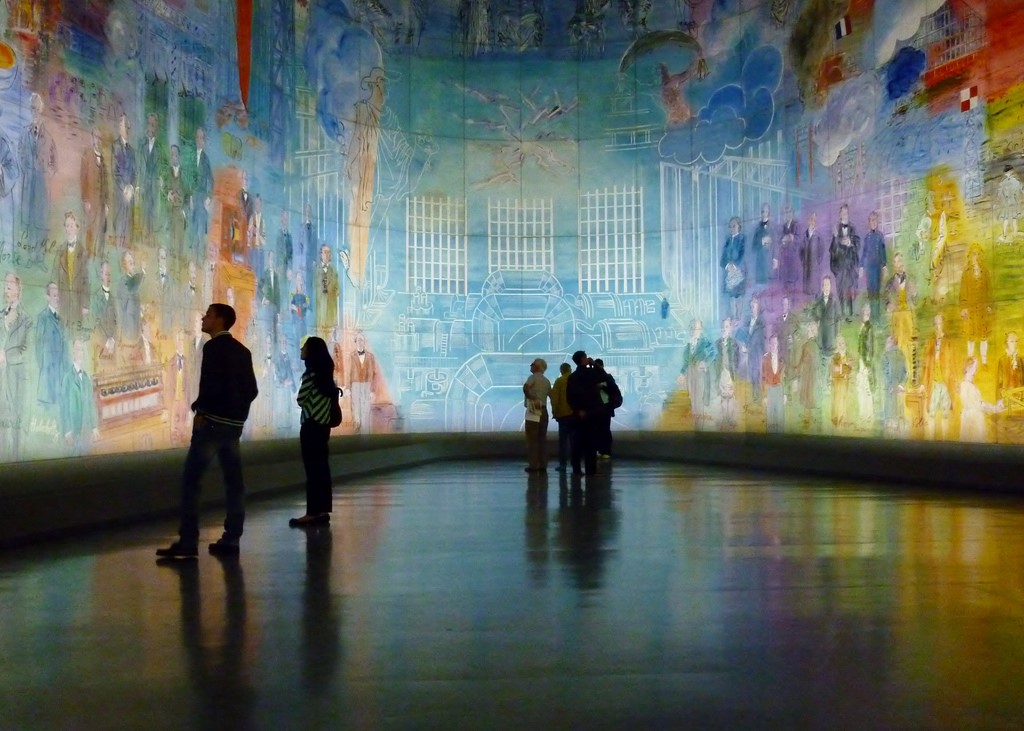By Amy Whitaker and Amber He

Arts organizations can access economies of scope, overcoming some of the key challenges in managing costs, sharing risk, and accessing capital. These advantages of resource sharing across activities—including by gathering people—can support the specificity and individuality of artistic practice. The benefits go well beyond the artists to support lively, vibrant, heterogeneous cities.
Continue reading “BANDING TOGETHER: NEW COOPERATIVE SOLUTIONS TO PERENNIAL ECONOMIC PROBLEMS”




Recent Comments